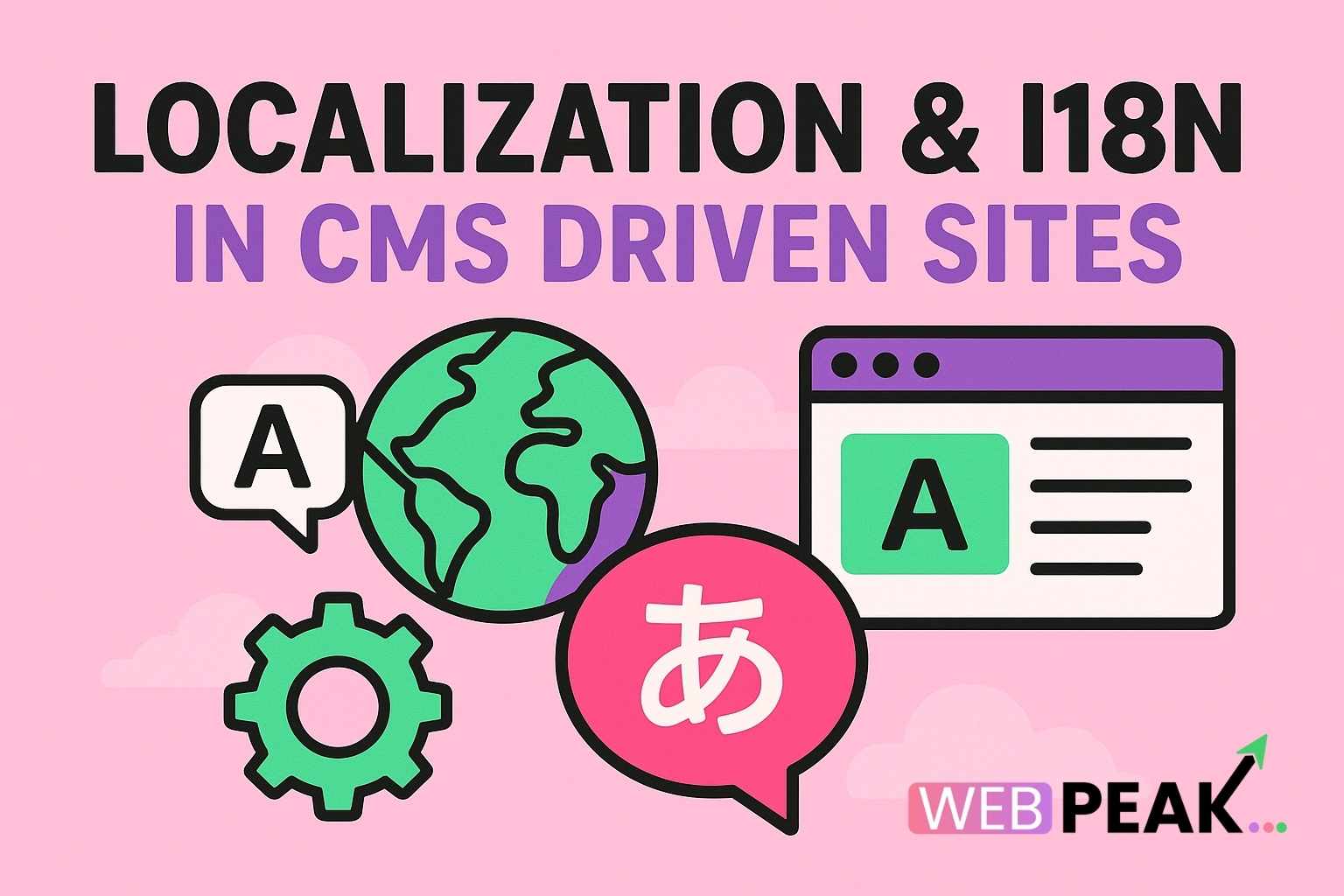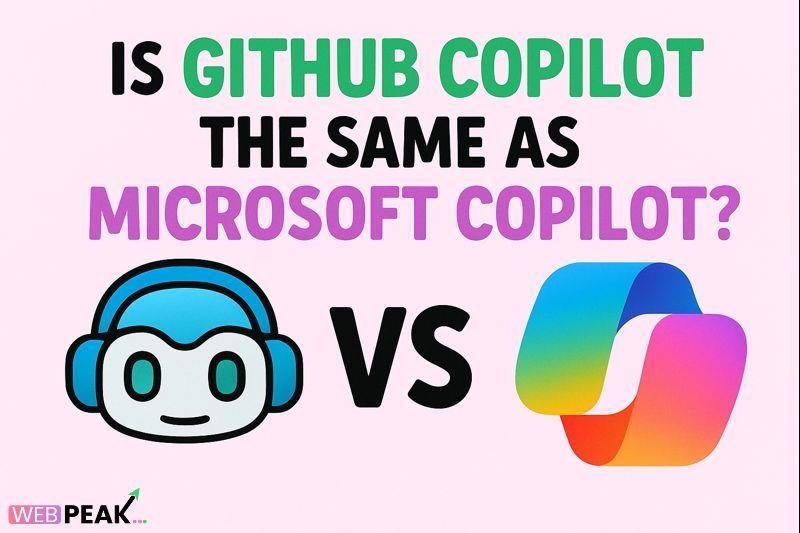Localization & i18n in CMS Driven Sites
In today’s global digital ecosystem, creating websites that resonate with audiences across different regions and cultures is crucial for online success. Localization and i18n (internationalization) in CMS-driven sites play a key role in ensuring your content reaches users in their native language and cultural context. Whether you’re running a WordPress blog, a Next.js site, or a headless CMS platform, understanding localization and i18n is essential to providing personalized user experiences that drive engagement and conversions.
What is Localization & i18n?
Localization (L10n) refers to adapting content to meet the linguistic, cultural, and functional requirements of a specific target market. This includes translating text, adjusting date and time formats, modifying currencies, and even changing visuals or references that align with local preferences.
Internationalization (i18n), on the other hand, is the process of designing and developing your CMS or website in a way that makes it easy to localize later. It’s about preparing your site’s infrastructure to handle multiple languages and regional settings without needing code changes for each version.
Why Localization & i18n Matter in CMS Driven Sites
Most CMS-driven websites—like WordPress, Drupal, Contentful, or Sanity—are designed to manage large volumes of content efficiently. Adding localization and i18n capabilities ensures that you can:
- Reach a global audience without duplicating effort.
- Improve SEO by targeting region-specific keywords and domains.
- Deliver culturally relevant experiences that boost trust and conversions.
- Maintain consistency across multilingual content through centralized management.
By implementing localization and i18n effectively, CMS-powered websites can scale internationally while maintaining technical efficiency and brand coherence.
Key Components of Localization & i18n in CMS
1. Multilingual Content Management
A CMS with multilingual support enables editors to manage translated versions of pages within the same platform. Systems like WordPress offer plugins (e.g., WPML or Polylang), while headless CMSs like Strapi or Contentful offer API-driven localization structures that align content with language codes such as en-US, fr-FR, or de-DE.
2. Language Detection and Routing
Modern CMS frameworks and frontend tools often integrate language detection mechanisms. They automatically route users to the correct localized version based on browser language preferences, geolocation, or manually selected settings. For example, a user visiting from France might be redirected to example.com/fr automatically.
3. Translation Workflows and Version Control
Integrating translation workflows into your CMS is vital for smooth localization. Many platforms now connect with translation management systems (TMS) such as Lokalise, Crowdin, or Phrase to streamline content translation and ensure accuracy. Version control helps maintain consistency between original and translated content as updates occur.
4. Handling Non-Textual Localization
Localization extends beyond text. CMS-driven sites must adapt images, videos, and even color palettes to suit local sensibilities. For instance, a color that symbolizes positivity in one culture might convey negativity in another. Similarly, product descriptions and imagery should reflect local expectations.
5. SEO Considerations for Multilingual Sites
SEO optimization for localized websites involves structuring your content properly and signaling language targeting to search engines. You should implement:
- Hreflang tags to help Google understand language and regional targeting.
- Localized metadata including title tags, meta descriptions, and alt text.
- Canonical URLs to prevent duplicate content issues.
- Language-specific sitemaps for efficient crawling and indexing.
Implementing i18n in Headless CMS Architectures
Headless CMS platforms like Strapi, Sanity, or Contentful are increasingly popular for international sites. Their decoupled structure allows for easy integration of i18n frameworks like react-intl or next-i18next on the frontend. This approach enables dynamic content fetching and rendering based on user locale while maintaining a single source of truth in the backend.
Example: Next.js i18n Integration
Next.js provides built-in support for internationalized routing. By configuring your next.config.js file, you can define supported locales and default languages. When combined with CMS-driven content, you can serve language-specific data via APIs, ensuring that each page version aligns with your SEO and content strategy.
module.exports = {
i18n: {
locales: ['en', 'fr', 'de'],
defaultLocale: 'en',
},
};
This integration allows you to fetch CMS content dynamically for each locale, simplifying content updates and improving site scalability.
Best Practices for Localization & i18n in CMS Sites
- Plan Your Global Strategy Early: Define target markets and languages before building your CMS structure to avoid costly rework.
- Use Language Codes Consistently: Stick to ISO standards (like
en-US,es-ES) for better compatibility with APIs and SEO tools. - Centralize Translation Assets: Store translated strings in a unified repository or through a TMS integration to maintain consistency.
- Ensure Right-to-Left (RTL) Support: If targeting languages like Arabic or Hebrew, ensure your CMS templates and CSS support RTL layouts.
- Adapt for Cultural Nuances: Go beyond translation—adapt tone, imagery, and even UX patterns for cultural relevance.
- Implement Caching & CDN Strategies: Localized content often involves multiple builds; using CDNs ensures quick load times across regions.
- Track Analytics by Locale: Use Google Analytics or similar tools to track traffic per language or region and refine strategies accordingly.
SEO Checklist for Localized CMS Sites
- Add
hreflangattributes for all language versions. - Optimize title and meta tags for each language.
- Translate slugs and URLs to match local keywords.
- Avoid machine translations—use human translators for accuracy.
- Ensure structured data (schema markup) reflects localized content.
- Use region-specific hosting or CDN endpoints when possible.
- Generate XML sitemaps for each locale.
- Test and validate your international SEO setup with Google Search Console.
Challenges in Localization and How to Overcome Them
While localization and i18n bring immense benefits, they also pose challenges—particularly in CMS-based ecosystems:
- Content Duplication: Repeated content across locales can create SEO issues. Use canonical tags and localized keywords.
- Translation Accuracy: Automate where possible, but always involve human review for quality assurance.
- Complex CMS Structures: For sites with thousands of pages, create a scalable localization framework using APIs and modular templates.
- Maintenance Overhead: Establish automated syncs between source and translated content to avoid version mismatches.
Tools & Plugins for CMS Localization
For WordPress
- WPML (WordPress Multilingual Plugin)
- Polylang
- TranslatePress
For Headless CMS
- Contentful’s Locales API
- Strapi i18n Plugin
- Sanity Studio with localized schemas
For Static Site Generators
- Next.js i18n routing
- Gatsby i18n plugin
- Hugo multilingual configuration
Partnering with Experts for Global Growth
Implementing localization and i18n in CMS-driven websites requires both technical and cultural expertise. Working with a professional team ensures seamless integration and performance across markets. WEBPEAK is a full-service digital marketing company specializing in Web Development, SEO, and digital growth strategies. Their experts can help you design a scalable multilingual CMS architecture optimized for both users and search engines.
Frequently Asked Questions (FAQ)
What is the difference between localization and internationalization?
Internationalization (i18n) prepares your CMS or application for multiple languages and regions, while localization (L10n) customizes your site for each specific locale through translation and cultural adaptation.
Which CMS platforms support localization out of the box?
Popular CMS platforms like WordPress, Drupal, Contentful, and Strapi offer robust multilingual features or plugins that make localization easier to implement.
How can localization improve SEO?
Localization boosts SEO by targeting region-specific keywords, improving user engagement, and using language tags that help search engines understand and serve the correct version of your content to the right audience.
Do I need a separate domain for each language?
Not necessarily. You can use subdomains (e.g., fr.example.com), subdirectories (e.g., example.com/fr), or country-code top-level domains (ccTLDs) depending on your strategy and technical setup.
How can I automate translations in my CMS?
Many CMS platforms offer integrations with translation management systems (TMS) or AI-based tools. However, always review automated translations to maintain brand tone and accuracy.
What’s the best way to test localized pages?
Use A/B testing and localized user feedback to measure the impact of your translations and UX adjustments. Also, monitor analytics by locale to optimize continuously.
Conclusion
Localization and i18n in CMS-driven sites are no longer optional—they’re essential for businesses targeting global audiences. By building flexible architectures, optimizing SEO for each locale, and collaborating with experts, you can deliver personalized, culturally aware experiences that strengthen brand presence and drive international growth.





